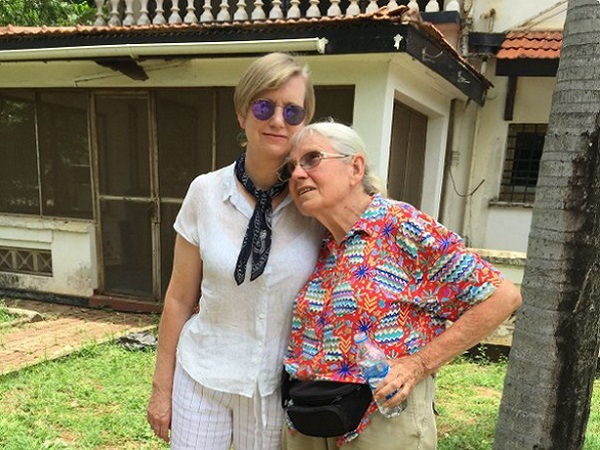‘The Future of Journalism’ by William Thomas Stead
This article demonstrates how William Stead, a gifted teacher and practitioner, guided journalism in 1886, and that some of his guiding principles still permeate today. More importantly, it also reminds us why we entered journalism.
Stead describes his outline ‘merely as the sketch’ of a new journalism, with religious and spiritual inklings, as ‘a representative method, not to supersede but to supplement that which exists — a system which will be more elastic, more simple, more direct, and more closely in contact with the mind of the people’.
The main emphasis is on the individual responsibility of each journalist and editor to establish deep, concrete relationships with both ‘extremity of the social system, and with all the intermediate grades’. He also discusses commercialism, newspaper circulation, fact-checking, truth and accuracy, and how polls can ascertain public opinions to influence powerful institutions and political figures. All this is still relevant and prevalent today.
His vision leans more towards idealism and utopianism rather than practicality; Stead does acknowledge criticsm of this approach, but he writes that it’s better to strive towards an inspiring and noble idea than to not. He also hoped his fellow citizens would be ‘self-sacrificing’ to be the ‘humble interrogators of democracy’.
It’s hard not to wonder what he would have said about the future of journalism today.
Tou Vue is a Master of Arts (Journalism) student at Charles Sturt University and an editor at Media Dynamics, a Brisbane-based publishing firm.
Want to contribute to our list of the 100 articles every journalist should read about journalism? Full details, including the list so far, can be found here.




